On the evening of July 9, 1958, an unprecedented natural disaster struck Lituya Bay in Alaska. This event resulted in the largest tsunami ever recorded, widely known as the Lituya Bay Megatsunami. Towering waves surged through the bay, leaving a permanent mark on the landscape and a lasting impression on the global understanding of tsunamis.
Anatomy of Lituya Bay
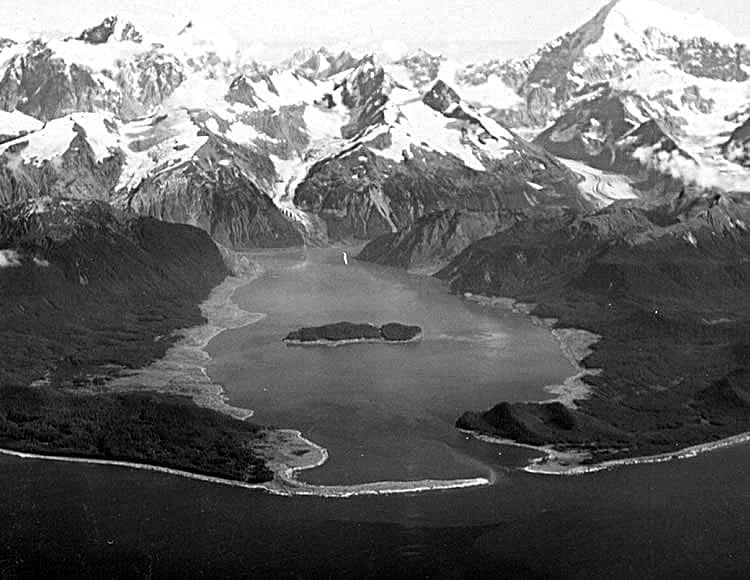
Lituya Bay, situated on the southeastern coast of Alaska, is a T-shaped inlet known for its rugged beauty. The bay measures around seven miles long and two miles wide, surrounded by steep mountain walls and deep fjords. This geographical setup played a critical role in the magnitude of the tsunami experienced in 1958.
Triggers of a Megatsunami
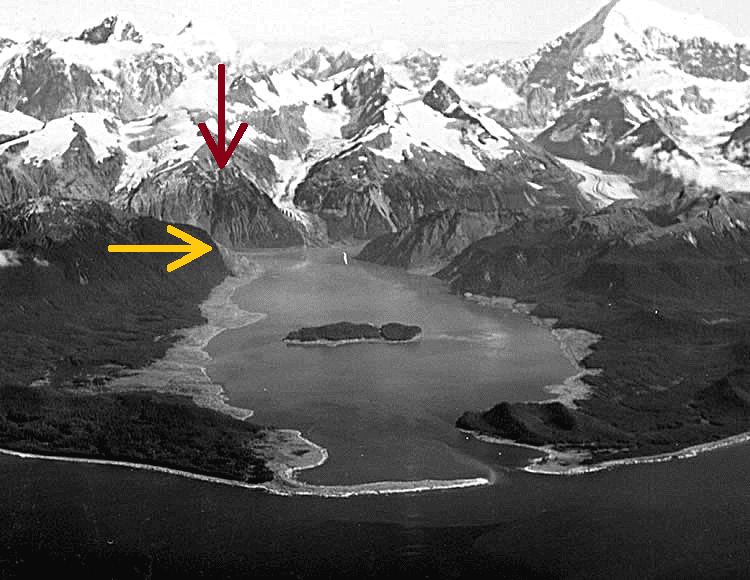
The cataclysmic wave was triggered by a massive rockslide into Gilbert Inlet, a narrow part of Lituya Bay. A powerful earthquake, measuring 7.8 on the Richter scale, shook the Fairweather Fault, causing approximately 40 million cubic yards of rock and ice to plummet into the bay. This sudden displacement of water generated a monumental wave.
Characteristics of the 1958 Wave
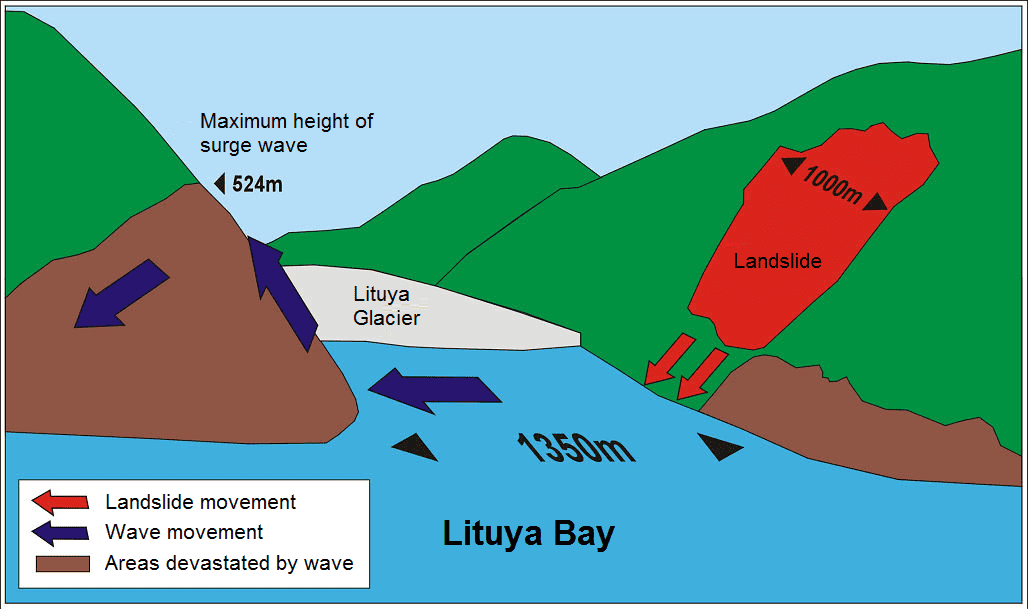
The resulting wave reached a staggering height of 1,720 feet, making it the tallest tsunami ever recorded. This peak was measured on the upper slopes of the bay, where the immense wall of water stripped trees, soil, and vegetation, scarring the landscape and illustrating the sheer force of the phenomenon.
Eyewitness Accounts

Despite the tsunami’s ferocity, only five people were present in Lituya Bay when the wave struck. Two of these individuals, Bill and Vivian Swanson, provided valuable eyewitness accounts of the tsunami. They described how their boat rose with the initial surge, riding the immense wall of water before safely descending the other side.
Understanding Megatsunamis
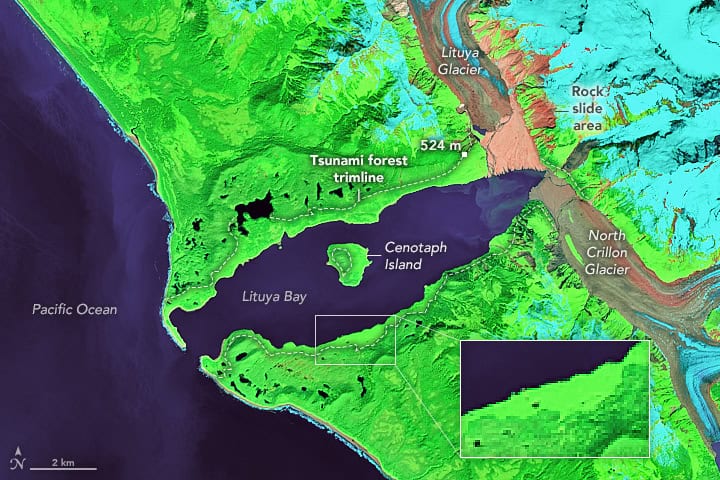
Megatsunamis differ from ordinary tsunamis primarily in their cause and scale. While typical tsunamis result from underwater earthquakes or volcanic eruptions, megatsunamis are often triggered by large landslides or other rapid displacements of water. These events can generate waves that far exceed the height of standard tsunamis.
The Global Impact
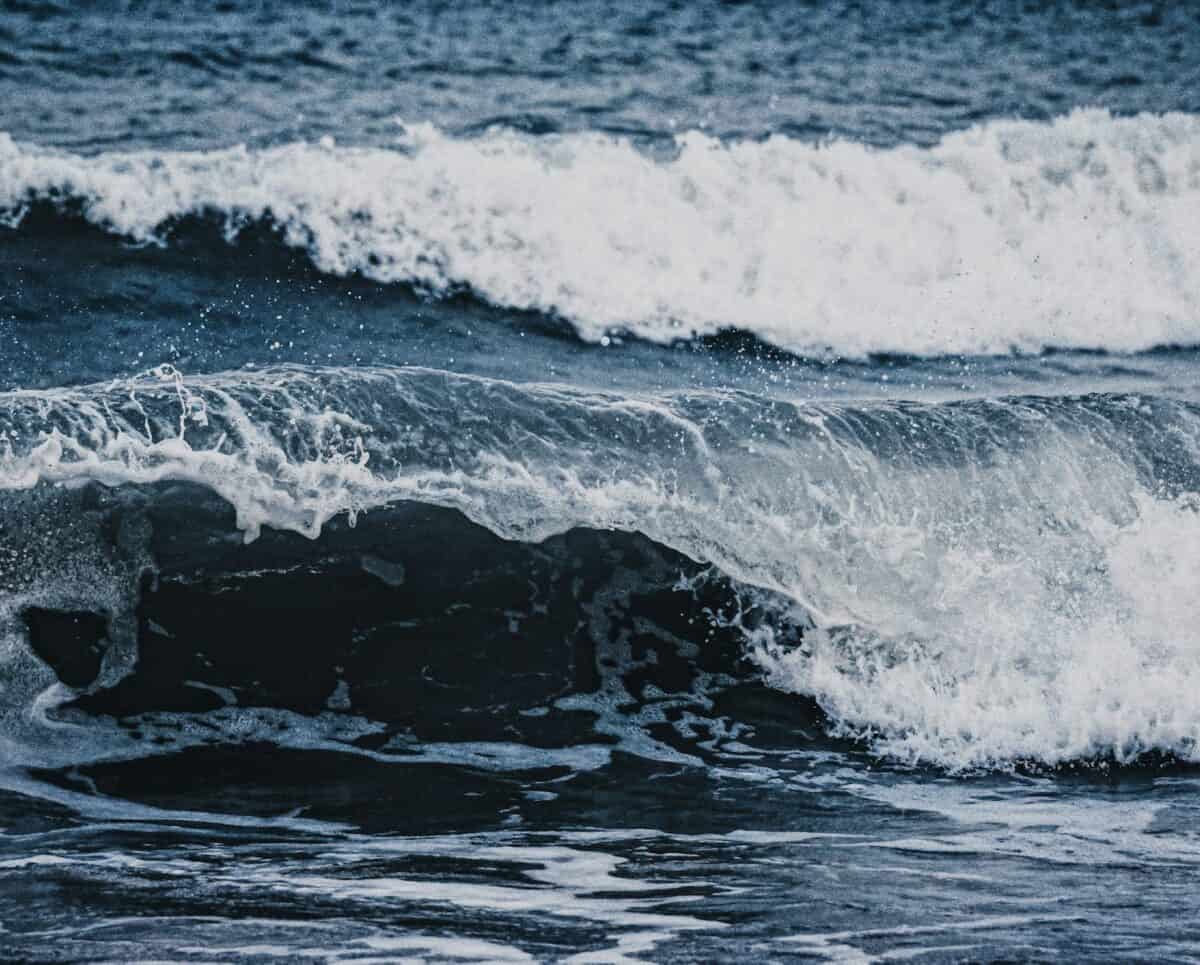
The Lituya Bay event has had a profound influence on scientific research and understanding of natural disasters. It underscored the potential for extreme geological events to cause massive waves, reshaping how scientists study and predict similar occurrences worldwide.
Comparisons to Other Tsunamis

Unlike the Lituya Bay Megatsunami, the 2004 Indian Ocean tsunami was caused by a powerful underwater earthquake, resulting in a wider but less vertically dramatic wave. While not reaching the same height as the Lituya Bay event, the Indian Ocean tsunami had a far greater loss of life and property due to its broad impact zone.
Lessons Learned

From the Lituya Bay tsunami, scientists have learned the importance of understanding topographical and geological conditions that can lead to megatsunamis. This knowledge is crucial for risk assessment and mitigation strategies, particularly in areas with similar geographical features.
Current State of Lituya Bay
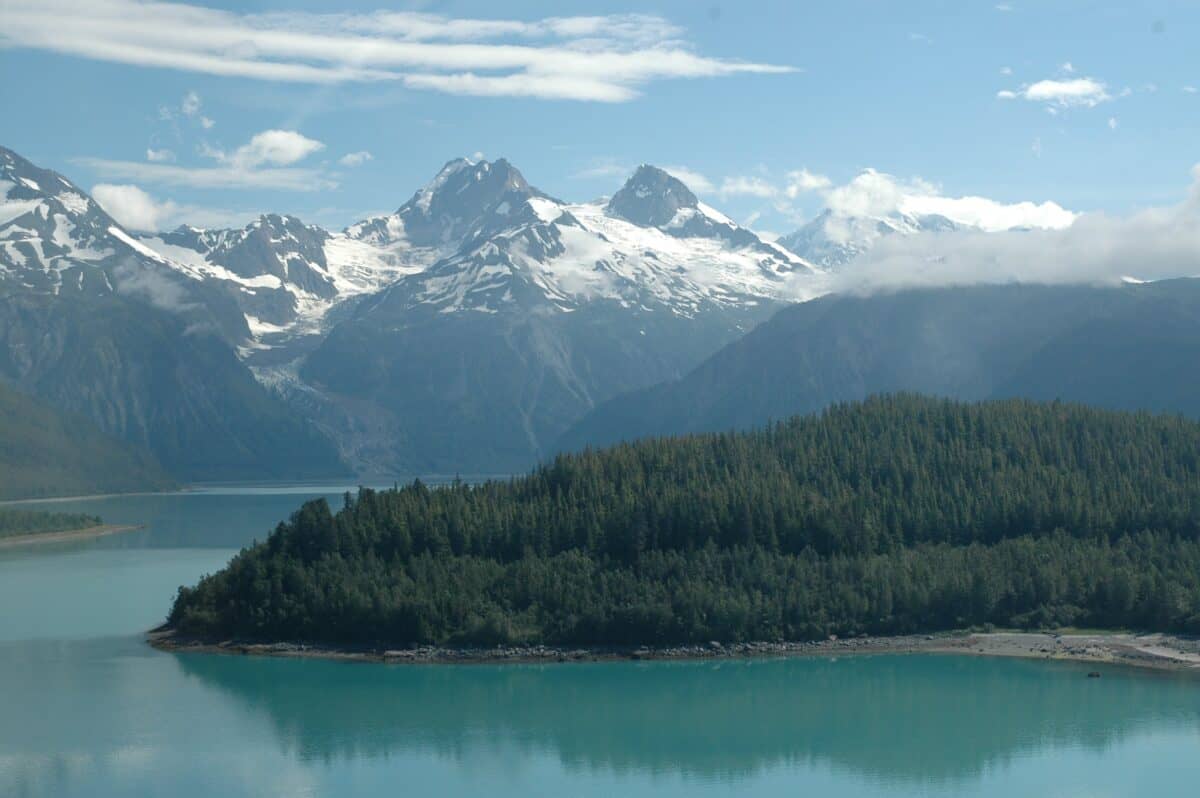
Today, Lituya Bay still bears the scars of the 1958 tsunami. The cleared zone on the hillsides serves as a stark reminder of the event’s magnitude. The bay has returned to its tranquil state, but for visitors and residents, the memory of that night is preserved in its dramatic landscape.
Advancements in Tsunami Warning Systems

In the years following the Lituya Bay disaster, advancements in technology have significantly improved the early detection and warning systems for tsunamis. Seismic monitoring and buoy systems are now in place to provide early alerts to coastal communities, potentially saving countless lives.
The Lituya Bay Megatsunami stands as a powerful testament to nature’s ferocity and unpredictability. It serves as an enduring reminder of the importance of respecting natural forces and understanding the geological processes that can lead to such extraordinary events. Through continued research and vigilance, humanity can learn to better coexist with the powerful dynamics of the earth.
- 10 Unique Animal Species That Can Only Be Found in the United States - August 15, 2025
- 10 Amazing Animals You Can Only Find in the United States - August 15, 2025
- 10 Times Tornadoes Flattened Entire Towns in the Midwest - August 15, 2025

